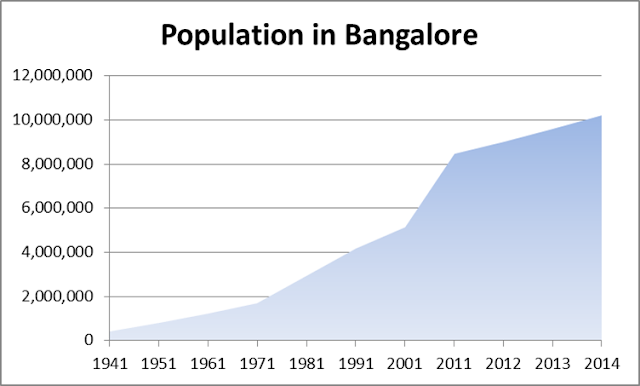It was more
than 100 years ago in the state of Bengal. A young man who had a BA degree was
on the lookout for a job but was failing miserably to get one. His father was dead;
his siblings were too young to go work. His family had to fight many lawsuits
with their relatives and they were at the risk of losing the house they were
living in. Seeing there is not enough food in the house, he would inform his
mother that a friend has invited him for lunch and leave the house so that
others get a better share. And he would go hungry. He got a job to teach at a
college but the management did not like him so he lost it in three months.
Again he was jobless, hungry and desperate. But his willpower was tremendous. Before
he got another job he had decided to become a monk. His mother called him ‘Bilu’
while his given name was ‘Narendra’. For the rest of the world he is known as ‘Swami
Vivekananda’.
 That is the
summary of the first of chapter of this book – ‘The Monk as Man; The unknown
life of Swami Vivekananda’. As the title suggests, it is about the human side
of the great monk. His thinking was legendary but he was struggling to have an
earning to keep up with the needs of daily life for his family. He became a
monk but did not cut-off his relationship with his mother. He was a loyal son
to his mother his entire life. His mother outlived him. When Swami Vivekananda
knew his end was nearing, he had asked a disciple to take care of his mother.
That is the
summary of the first of chapter of this book – ‘The Monk as Man; The unknown
life of Swami Vivekananda’. As the title suggests, it is about the human side
of the great monk. His thinking was legendary but he was struggling to have an
earning to keep up with the needs of daily life for his family. He became a
monk but did not cut-off his relationship with his mother. He was a loyal son
to his mother his entire life. His mother outlived him. When Swami Vivekananda
knew his end was nearing, he had asked a disciple to take care of his mother.
He was fond of
many animals and birds in his Ashram, with which he conversed and had a special
relationship. Most of them died soon after Swami Vivekananda passed away. His
fame got spread all over the world as he aged but his health deteriorated. He
suffered from diabetes which had made his right eye blind. Asthma was not
giving him a proper sleep. He was growing impatient in his last years and was
not nice to all the people around him. He had told people close to him that he
would be gone before he was forty. And he kept his word. He had thought time
was ripe to leave the body and a heart attack was just a reason to bid a
bye.
He told that the spiritual momentum set in the Ashram will be alive for next 1,500 years. He said he was not imagining but seeing it. Hundread years have passed on since then and we witness that Sri Ramakrishna Ashram is doing fine in spreading the message of the great monk.
This book is
the biographical account of Swami Vivekananda without getting into his teachings
or spiritual aspects. A monk is a human being too. This book provides the
account of the great human being India has seen in its history.

